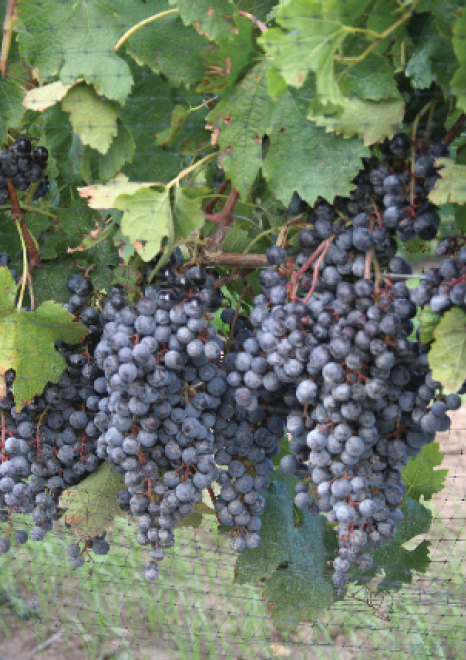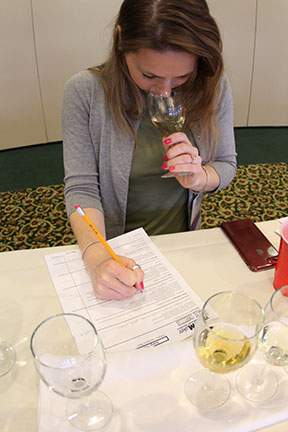Definitions:
Acetobacter: A group of bacteria that oxidatively convert wine to vinegar (ethanol into acetic acid) through an aerobic (oxygen present) fermentation.
Acid blend: A generic name for any commercially available blend of acids (usually citric, tartaric, and possibly malic) sold for the acidification of homemade wines.
Aeration: The process of incorporating air into to a wine, must, or juice. Usually through splashing while racking, sparging with air, or simply by stirring a container very vigorously. This is sometimes done to “blow off” undesirable aromas such as hydrogen sulfide or to give an initial dose of oxygen to a fermentation just getting under way.
Bulk aging: As opposed to aging wine in its final bottles, the term “bulk aging” is used to describe aging that might be done after fermentation but before bottling. Typically for home winemakers, this maturation occurs in five-gallon carboys or small oak casks.
Chillproofing: The practice of deliberately exposing one’s wines to very cold temperatures prior to bottling to, primarily, precipitate any tartrate crystals that might come out of solution later in the wine’s life. It is seen as more of a quality-control step and one that is not absolutely necessary to the production of fine homemade wines.
Glycerin: A carbohydrate (sugar) that is not a substantial food source for most wine yeast strains, though it can be consumed by some lactic acid and acetic acid bacteria. It is sometimes added to wine to increase a wine”s body and, in higher amounts, sweetness.
Ropiness: A condition in wine where the wine resembles slime, raw egg whites, or mucous. This condition is caused by an extreme microbiological contamination that in turn produces long-chain carbohydrates (polysaccharides) — the “ropiness” observed in said contaminated wines.
TCA: 2,4,6-Trichloroanisole, a chemical compound that is one of the major sources of the “cork taint” off-odor.
Wild yeast: Yeast cells that live free in the environment — in the air, on winery surfaces, on the skins of grapes and other fruits, and so forth. A “wild yeast” fermentation is one that happens spontaneously, without inoculation on the part of the winemaker. It is thought by some winemakers that wild yeast fermentations produce more complex wines, however the practice is risky as a significant portion of the wild yeast population can be spoilage organisms.




